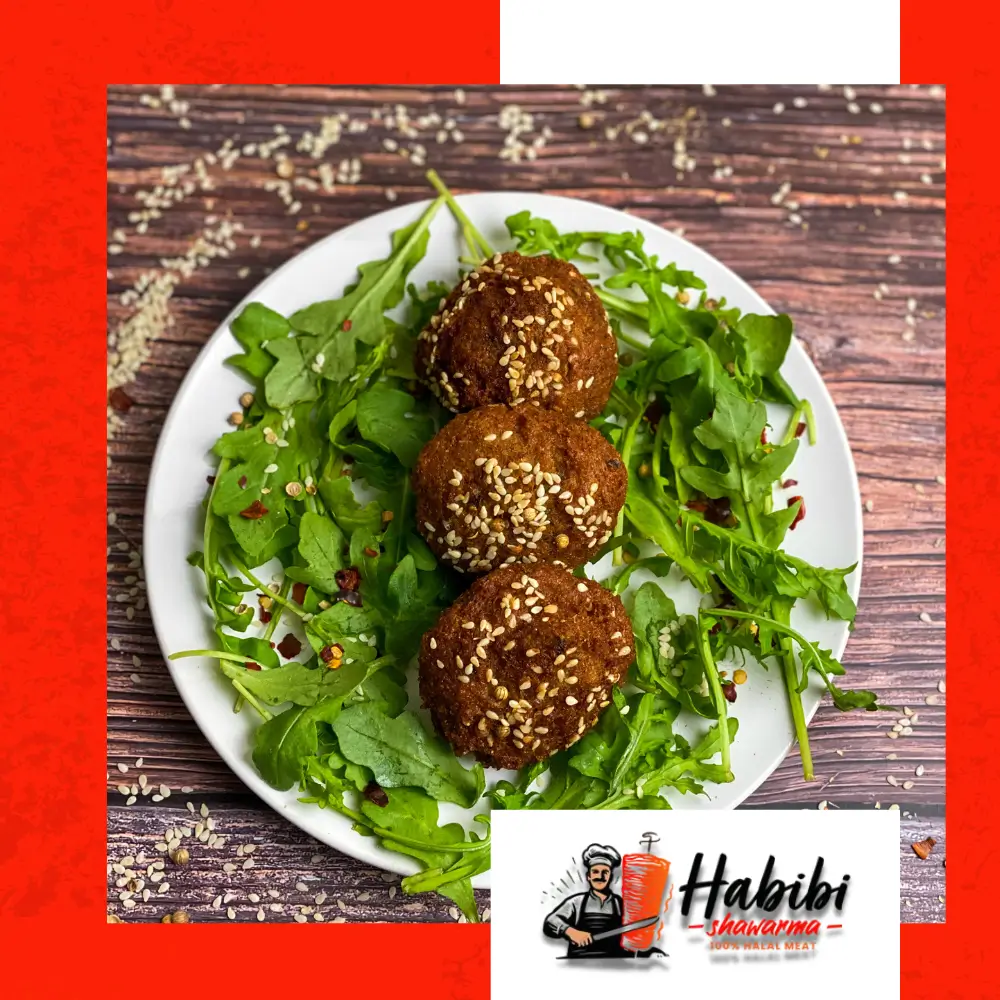Falafel has long been a beloved staple in Middle Eastern street food culture—crunchy on the outside, soft on the inside, and bursting with flavor. Traditionally served in pita with tahini, pickled veggies, and fresh herbs, falafel was once seen as humble, affordable fare. But in recent years, this iconic dish has undergone a remarkable evolution. Today, falafel is gracing the menus of gourmet restaurants, food festivals, and fine-dining establishments around the world.
What Is Falafel?
At its core, falafel is a deep-fried ball or patty made from ground chickpeas, fava beans, or a combination of both. It’s seasoned with fresh herbs like parsley and cilantro, along with garlic, cumin, coriander, and other aromatic spices. The mixture is shaped into balls or discs, fried until golden brown, and typically served hot.
Falafel is naturally vegan, high in protein, and gluten-free when made without flour—making it ideal for a variety of modern diets. These nutritional benefits have helped propel it from local street carts to international fame.
The Origins of Traditional Falafel
While the exact origin of falafel is still debated, many historians believe it originated in Egypt over a thousand years ago as ta’ameya, made from fava beans. From there, it spread throughout the Levant—particularly to Lebanon, Syria, Jordan, and Israel—where chickpeas became the dominant ingredient.
In these regions, falafel is often enjoyed as a quick, inexpensive meal—served in pita or laffa bread with tahini sauce, pickled turnips, cucumbers, tomatoes, and fresh greens. But as Middle Eastern cuisine gained popularity worldwide, falafel began to evolve beyond its street food roots.
Falafel Goes Global
As culinary trends shifted toward plant-based eating and global fusion, falafel found itself at the center of the conversation. Its satisfying texture, rich flavor, and adaptability made it an ideal canvas for chefs looking to elevate meat-free dishes.
In cities like New York, London, Berlin, and Sydney, falafel has become a menu staple in both casual cafes and upscale eateries. Food trucks have introduced falafel wraps, bowls, and salads to new audiences, while gourmet restaurants have begun crafting deconstructed falafel plates with artisanal sauces and gourmet garnishes.
Modern Falafel: A Gourmet Twist
So how exactly has falafel transitioned into the world of gourmet cuisine? Here are a few ways chefs are reinventing the dish:
- Falafel sliders and burgers: Served with specialty sauces, slaws, or brioche buns
- Beetroot or sweet potato falafel: Vibrant colors and earthy flavors appeal to health-conscious diners
- Falafel with truffle tahini or saffron aioli: Luxurious toppings give a fine-dining flair
- Falafel tasting plates: Featuring multiple variations with gourmet dips and sides
- Air-fried falafel: A lighter, modern preparation that caters to calorie-conscious consumers
These innovative interpretations allow falafel to maintain its essence while fitting into more refined culinary experiences.
Why Falafel Resonates Globally
There’s more to falafel’s success than taste alone. Its rise reflects a broader shift in consumer values toward authentic, sustainable, and plant-based food options. Here’s why falafel continues to thrive:
- Accessibility: Easy to prepare and made with inexpensive, widely available ingredients
- Cultural connection: Offers a window into Middle Eastern heritage and hospitality
- Diet-friendly: Suits vegan, vegetarian, and gluten-free lifestyles
- Versatility: Can be enjoyed in wraps, bowls, appetizers, or entrées
Where to Experience Gourmet Falafel
If you’re looking to taste falafel at its finest, here are a few cities leading the charge in gourmet innovation:
- Tel Aviv: The falafel capital—where traditional and trendy versions coexist
- Paris: Gourmet falafel sandwiches with eggplant, harissa, and fine sauces in Le Marais
- New York: Upscale Mediterranean spots serve falafel with artisanal spreads and microgreens
- London: Plant-based restaurants serve beetroot or quinoa-infused falafel with fusion dips
Final Thoughts
Falafel has proven that great food doesn’t need to be complicated or expensive to be meaningful. Its journey from Middle Eastern street corners to high-end restaurants speaks volumes about the power of tradition, adaptability, and culinary creativity. As chefs continue to reimagine falafel with global ingredients and modern techniques, one thing remains clear—this crispy little patty isn’t going out of style anytime soon.
Whether you’re grabbing a quick falafel wrap or savoring it plated with gourmet sauces, falafel is a celebration of flavor, culture, and innovation—all in one bite.
READ MORE:
Falafel in the World’s Top Cities: How This Middle Eastern Dish Gained Global Popularity

